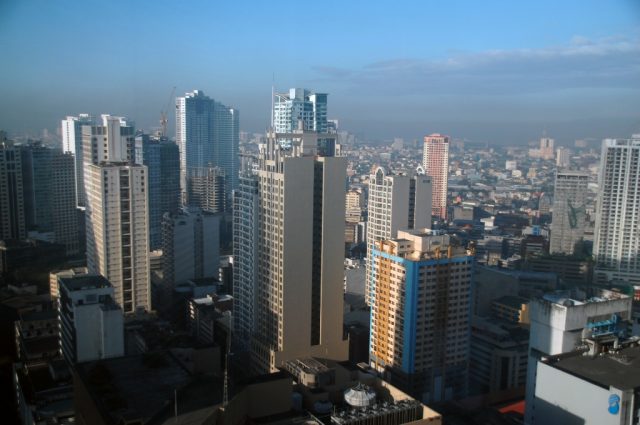Philippine education spending trails behind region, PIDS study shows

PHILIPPINE education spending still lags behind regional peers despite strong growth over more than two decades, contributing to poor international testing performance, the Philippine Institute for Development Studies (PIDS) said.
In a discussion paper “Education Spending and Schooling Quality in the Philippines,” PIDS fellow Michael R.M. Abrigo found that education spending per person in the Philippines grew faster than the recorded gross domestic product (GDP) per person over the same period.
The large part of growth occurred more recently as total education spending increased by 6.4% over the last 15 years. By 2019, spending was at P1.2 trillion annually, from just half a trillion in 2005.
“During this period, households bear majority of the expense, reaching as high as 59.3% in 2005, although increasing government expenditures contributed to the decline in the household share, settling at 54.5% in 2019,” Mr. Abrigo said.
Education spending reached 7.5% of GDP by 2019 versus 5.8% in 2005.
Mr. Abrigo studied spending through basic education consumption. The Philippine cumulative basic education consumption almost tripled between 1990 and 2015, increasing by 3.3% year on year in the first decade then by 6.3% per year in the next five years.
“It is noteworthy that these rates are significantly larger than the annual growth in per capita GDP, which registered at 1.7% between 1990 and 2010 and 4.3% between 2010 and 2015,” he said.
The private sector spends about just as much to finance basic education as the government over the said period.
But the country’s education spending still lagged behind others in the Asia-Pacific region.
“While per student public spending appears to be strongly correlated with per capita income, the Philippines spends only about 60% and 72% of Indonesia’s per student public spending for primary and secondary levels, respectively, despite the Philippines’ per capita income being 84% of Indonesia for the years presented,” Mr. Abrigo said.
Mr. Abrigo said education spending does not necessarily lead to better school outcomes. But he also cited reports showing how average schooling quality increases with more basic education consumption.
“This observation is true for the science, mathematics, and reading scores. While this association may not be interpreted as causal, it is suggestive that greater resources may be needed to raise schooling quality, especially in resource-poor settings,” he said.
The Philippines received poor scores under the 2018 Programme for International Student Assessment (PISA) of the Organisation for Economic Co-operation and Development (OECD). It showed 15-year-old Filipino students ranked the lowest among 79 countries in mathematics, science, and reading.
Mr. Abrigo suggested policy responses based on cost-effective education for better schooling outcomes.
“Poor schooling quality need not be the necessary and only outcome of subpar education spending levels,” he said. “A more important and arguably more urgent challenge for government is to identify and to scale cost-effective education interventions that better translate resource inputs to desired education outcomes.” — Jenina P. Ibañez







![[MANILA WATER]faucet-gad122e1ab_1920](https://www.bworldonline.com/wp-content/uploads/2021/12/MANILA-WATERfaucet-gad122e1ab_1920-640x427.jpg)

![[photo for summit]image](https://www.bworldonline.com/wp-content/uploads/2021/12/photo-for-summitimage-640x380.jpg)

